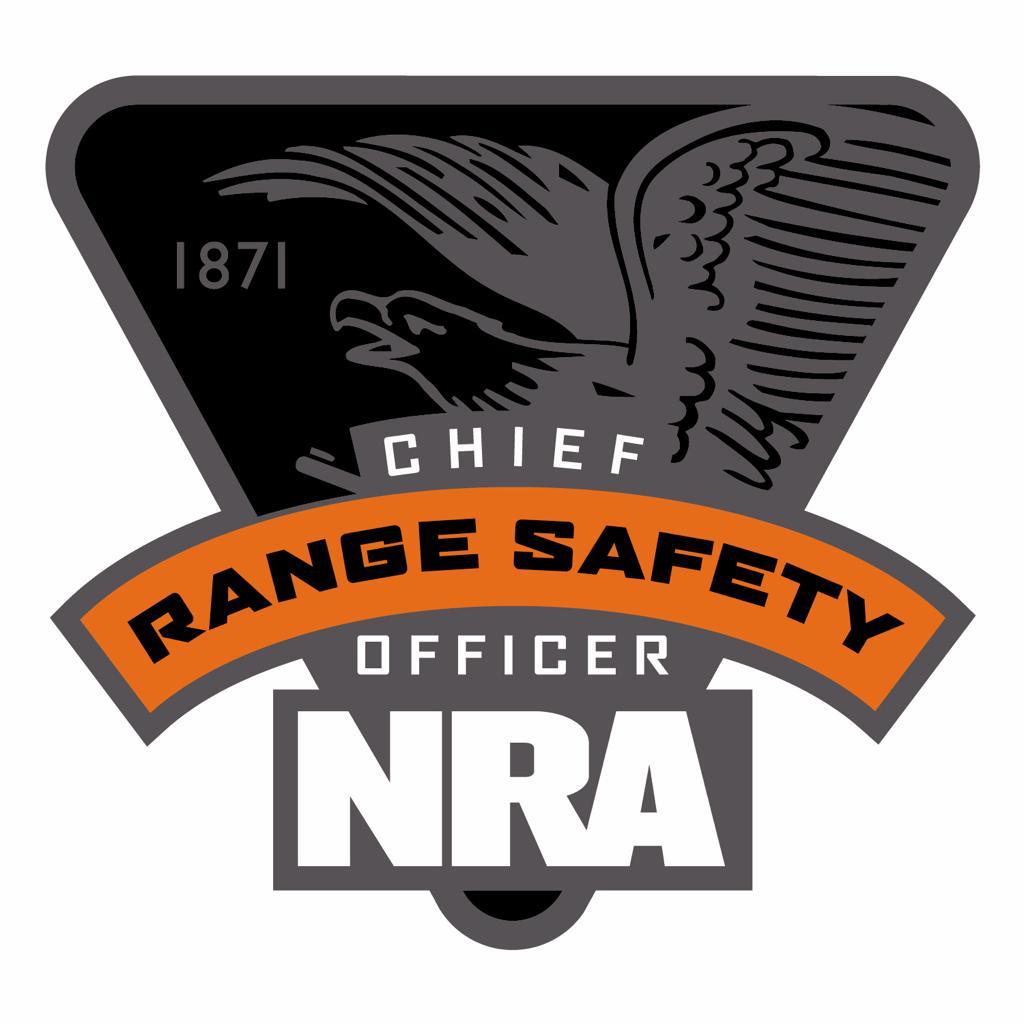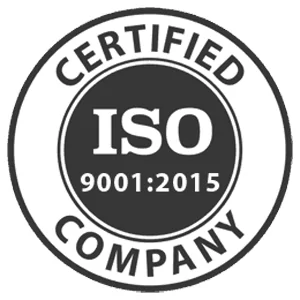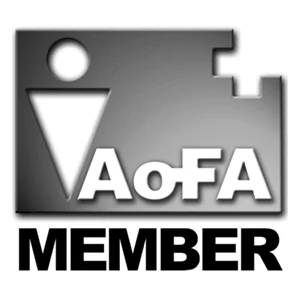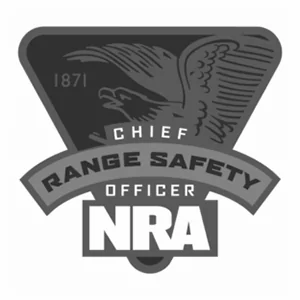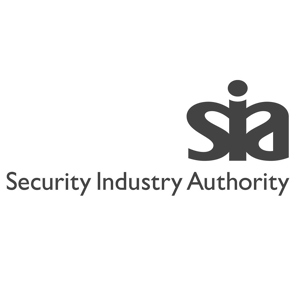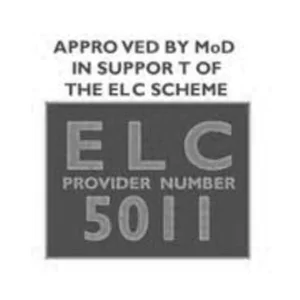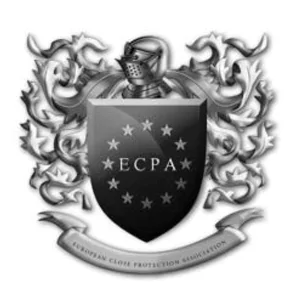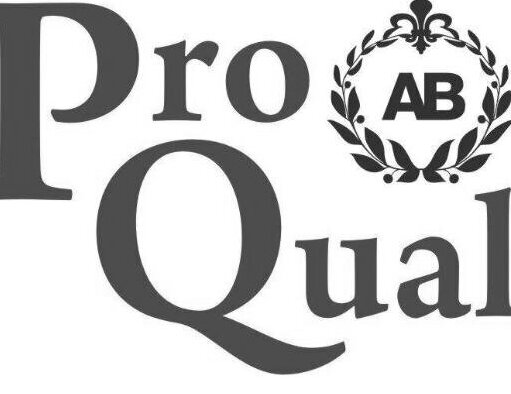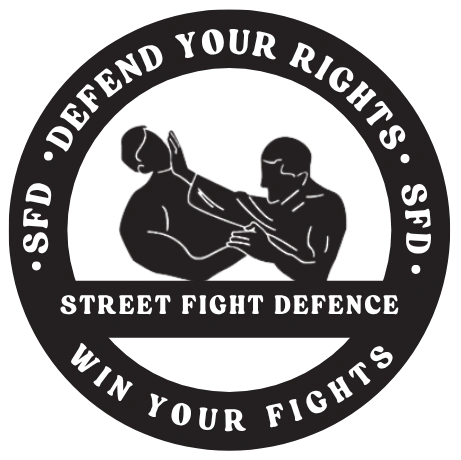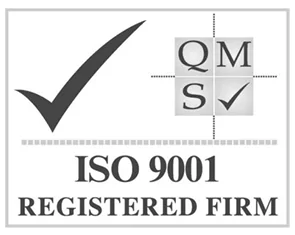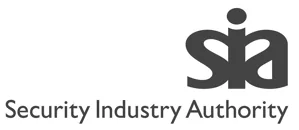Pistol Proficiency Training for Tactical Accuracy & Control
Rapid Target Engagement & Defensive Shooting Techniques
WHO IS THIS COURSE FOR?
A pistol proficiency course typically caters to individuals who want to develop their skills and knowledge in safely handling, operating, and shooting pistols. Here’s a breakdown of who might benefit from such a course:
- Novice Shooters: Those who are new to firearms and want to learn the fundamentals of pistol shooting from scratch.
- Experienced Shooters: Even if someone has experience with firearms, they may still benefit from refining their techniques and learning advanced skills.
- Security Personnel: Security guards, law enforcement officers, and military personnel often need to maintain or improve their proficiency with pistols as part of their job requirements.
- Concealed Carry Permit Holders: Individuals who carry a concealed firearm for personal protection may take such courses to enhance their ability to use their weapon effectively in self-defense situations.
- Competitive Shooters: People involved in competitive shooting sports such as IDPA (International Defensive Pistol Association) or USPSA (United States Practical Shooting Association) may take these courses to improve their performance in competitions.
- Firearms Instructors: Those who aspire to become firearms instructors themselves may take pistol proficiency courses to gain the necessary knowledge and skills to teach others.
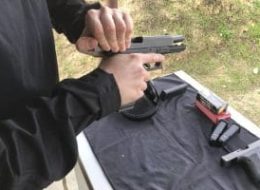
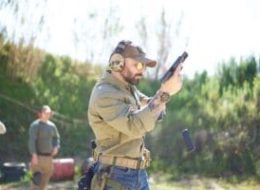
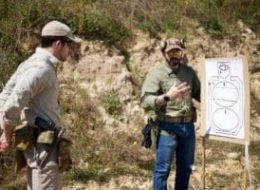
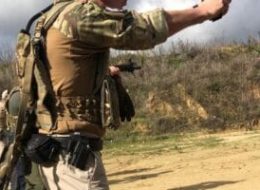
COURSE INFORMATION
A Pistol Proficiency course is designed to teach individuals the skills and knowledge necessary to safely and effectively use a pistol. These courses vary in depth and scope, ranging from basic to advanced levels. Here is an overview of what a typical Pistol Proficiency course might include:
Course Objectives
- Safety: Instill strict safety practices to prevent accidents and injuries.
- Fundamentals: Teach the basic principles of rifle operation, handling, and marksmanship.
- Shooting Skills: Develop proficiency in shooting rifles accurately and consistently.
- Advanced Techniques: Introduce advanced shooting techniques and tactics.
- Legal Awareness: Provide an understanding of legal responsibilities related to rifle ownership and use.
WHAT’S INCLUDED:
- instructor
- Training equipment
- Exams
- Awards
- Classroom
- Range (where applicable)
- Ammo (where applicable)
WHAT IS NOT INCLUDED:
- Accommodation (where applicable)
- Food and beverages
- Flights (where applicable)
- Airport Transfers (where applicable)
- Safety Glasses (where applicable)
- Ear Defenders (where applicable)
Course Length
3 DAY
Location
USA, UK, Lebanon and Thailand
Course Dates
Any time of the month
Qualification
UCP Award For The Skill Level In Which You Took This Course.
The Representative Of UCP Will Present You With Your Award At The End Of The Course
Skill Prerequisites
None
*All prerequisite awards should not be expired
so please check the expiry date before applying
*All Candidates should have a reasonable level
of personal fitness
COURSE CONTENTS
1. Safety and Handling:
- Firearm Safety Rules: Comprehensive coverage of the four primary safety rules.
- Safe Handling Techniques: Proper methods for handling, storing, and transporting pistols.
- Personal Protective Equipment: Importance and use of ear and eye protection.
2. Pistol Familiarization:
- Parts and Functions: Overview of pistol components and their functions.
- Types of Pistols: Differences between revolvers and semi-automatic pistols.
- Ammunition Basics: Types, characteristics, and safe handling of ammunition.
3. Shooting Fundamentals:
- Grip and Stance: Proper grip techniques and shooting stances.
- Sight Alignment and Picture: Techniques for aligning sights and acquiring a clear sight picture.
- Trigger Control: How to achieve a smooth and controlled trigger pull.
- Breathing Control: Methods to manage breathing for improved accuracy.
4. Loading and Unloading:
- Loading Procedures: Safe and efficient methods for loading a pistol.
- Unloading Procedures: Correct techniques for unloading a pistol.
- Basic Malfunction Drills: Identifying and clearing common malfunctions.
5. Range Practice:
- Range Safety: Rules and protocols for safe conduct on the shooting range.
- Basic Shooting Drills: Exercises to practice and reinforce shooting fundamentals.
- Accuracy and Grouping: Techniques for improving shot accuracy and consistency.

